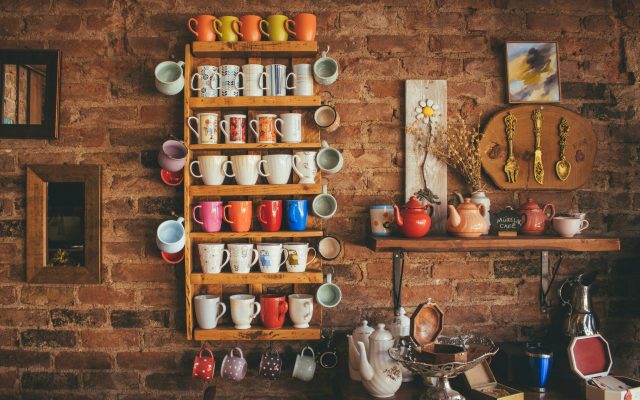
Photo: Pexels
While minimalism has dominated most home decor and fashion trends for the past decade, maximalism is finally making a comeback as people seek more color and personality in their lives.
For years, the minimalist trend had everyone favoring the same white walls, clean countertops, and monochrome furniture.
Now, the pendulum is swinging back towards maximalism, as people find ways to express their individuality and passion through their homes and the way they dress. First, let’s talk about the appeal of maximalist interior design.

Photo: Pexels
Why do we want a “messy” home?
A home with shelves piled high with knick-knacks, countless photos on the walls and dodgy cushions tossed on the sofa might be someone's worst nightmare, but for many of us, these are all necessary pieces to have a space where we can truly relax.
While minimalism seems to remove authenticity from your home in favor of a clean, sophisticated look that exudes luxury, maximalist design calls for you to fill your surroundings with your personality. Maximalist techniques will make your home unique, stately and personal, and reflect your personality.
Your home should tell your story, not anyone else's, so don't be afraid to “clutter” it with vacation souvenirs, tacky family photos, a shabby rug you found at the market, leopard print wallpaper, etc.
That's exactly why people are embracing maximalism again: because it allows them to live in a space that they actually enjoy.
Minimalism is often an attempt to make our lives look more orderly, uncluttered, and pretty, but it's okay to not be all that organized all the time, and who cares how tidy it looks if waking up to a giant multicolored tapestry hanging from your ceiling makes you feel good?

Photo: Pexels
Maximalism in fashion
Maximalism isn't just making a comeback in home design.
In the past year or two, we have seen a lot of fashion trends embracing maximalism, especially on social media platforms. Fashion has become more experimental these days, and people are not shying away from combining different colours, patterns and textures to create outfits that reflect themselves.
While these types of outfits may not appeal to many, they remind us that the purpose of fashion is to express ourselves. While color and maximalism are potential micro-trends — tracksuits, bows, oversized jewelry — the gradual shift towards maximalism has made it much more acceptable to curate your own unique outfit, even if it doesn't follow current trends.
Instead of just wearing clothes that suit you, actively being yourself can make choosing your outfit each morning a lot more enjoyable.

Photo: Pexels
Blame it on the pandemic.
You know, it seems like everything we're doing right now is driven by the pandemic. Being stuck at home all day has caused many of us to really think about the space we call home and whether it really feels like home.
If you're going to be stuck inside, you might as well have fun while you can. And so people have done just that. The desire for a little joy in tough times, and the newfound leisure time that many people had, has led to a slew of DIY home projects as people add their own unique touches to their environments.
The same thing happened in the fashion industry: lockdown forced all of us to really think about ourselves and what really matters to us.
For many people, this meant deciding to stop trying so hard to “fit in” and start enjoying life as they are. Fleeting fashion trends and overspending seemed a lot less important than before, and many of us were able to find happiness in the clothes we owned and that we actually enjoyed wearing.
Fashion and design trends always reflect the events and mindset of the time. It's fair to say that the pandemic was not a fun time for anyone. When it ended, the relief and happiness of being free and safe again was reflected in the clothes we wore and the spaces we inhabited. More colors, more patterns, more accessories, they were all a projection of how we felt.
So, although maximalism may seem “too much” to many, it should be taken seriously and appreciated because it is a celebration of life and our own unique identities.
Text by Aisha Shaloush
tag:
Source link

